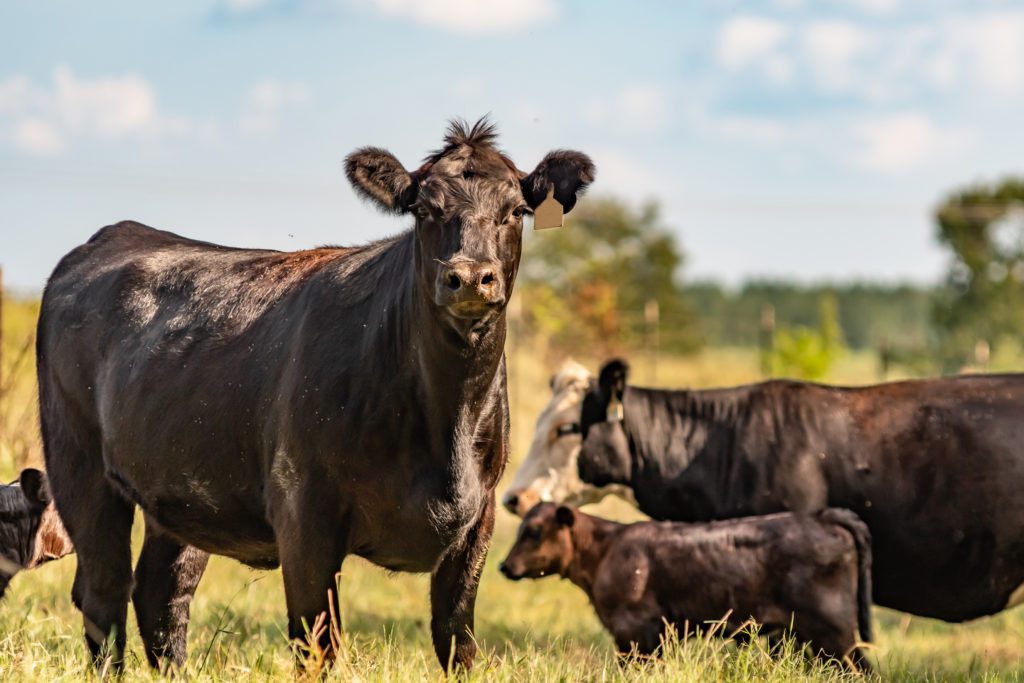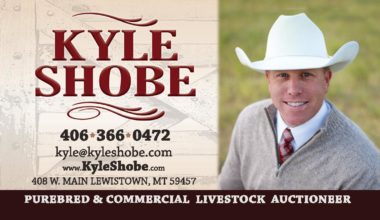The debate as to when or if the U.S. beef cattle herd will begin rebuilding this year is yet to be determined. While cattlemen operate record low cattle inventory numbers, the decision to retain females will be unique to each operation. In 2025, we are also embarking on drought conditions that may not be favorable for managing more cattle numbers just yet.
Nevertheless, the importance of managing herd objectives while remaining vigilant to extra marketing opportunities and economic gains is critical. Furthermore, breeding females with a marketing strategy in mind may be an opportunity this year depending on your resources.
Here are some examples of breeding strategies that also enhance marketing opportunities using yearling heifers.
Limited resources, shorten breeding season.
If feed is limited this year so you can only keep a few heifers, and you don’t want to leave genetic advancement behind, getting the right heifers bred will be critical to herd longevity. Implementing a short breeding window of just 30 days, limit feed needs as well as selects for both fertility and longevity. Since females that breed earlier are more likely to remain in the herd longer, only keeping early bred females will be beneficial long-term. Incorporating a synchronization protocol at the start of the breeding season will also give females two chances to become bred in just 30 days as well.
Add value to females as breds or stockers.
If you want to expand your heifer marketing options, you can also utilize a short breeding window to expose the highest-quality heifers to one round of breeding and filter lower-quality females straight into a stocker program. The heifers that are exposed but do not breed will fill into the stocker program instead of being sold as a small group of opens. The short breeding window is key here to allow early pregnancy diagnosis and timely marketing of opens, either into the stocker enterprise or provide an option to enter a finishing program and capitalize on the red-meat market before Christmas.
Breed longer, sell bred females.
If expansion is a possibility, depending on summer moisture, or you have enough inventory to feed more bred females through the fall, exposing more heifers to breed for a longer period of time will increase bred female numbers and open up options to marketing bred females by calving group. Not only does this provide more time for heifers to become bred, but females that do not fit into your calving window may be desired by another operation. Utilizing timely pregnancy diagnosis is necessary here to determine accurate calving windows and enhance marketing opportunities with short calving periods. Limitations include calving labor and facilities of buyers. Yet, short, predictable calving periods are highly sought after by several ranchers that can compensate. In addition, these calving groups are valuable to ranchers that are not set up to develop their own heifers due to herd size and market volatility, but look to purchase a small group of bred females with predictable calving timeframes. Before this method is incorporated, identify how to manage these females longer than through the grazing season and the potential influence on finances and feed inventory going into the fall and winter for all mature cows, extra bred heifers and backgrounding enterprises.
The U.S. cowherd may not grow back to previously seen inventories, but if anything is guaranteed, it is that change is inevitable. Cattlemen are becoming more business oriented every day; thus, marketing opportunities are always changing, and planning before breeding season will be as valuable this year as ever. Reach out to SDSU Extension for any help in setting up breeding and marketing plans while we wait to turn out onto green grass.
Source: SDSU Extension, April 9, 2025, Taylor Grussing, Cow/Calf Field Specialist








